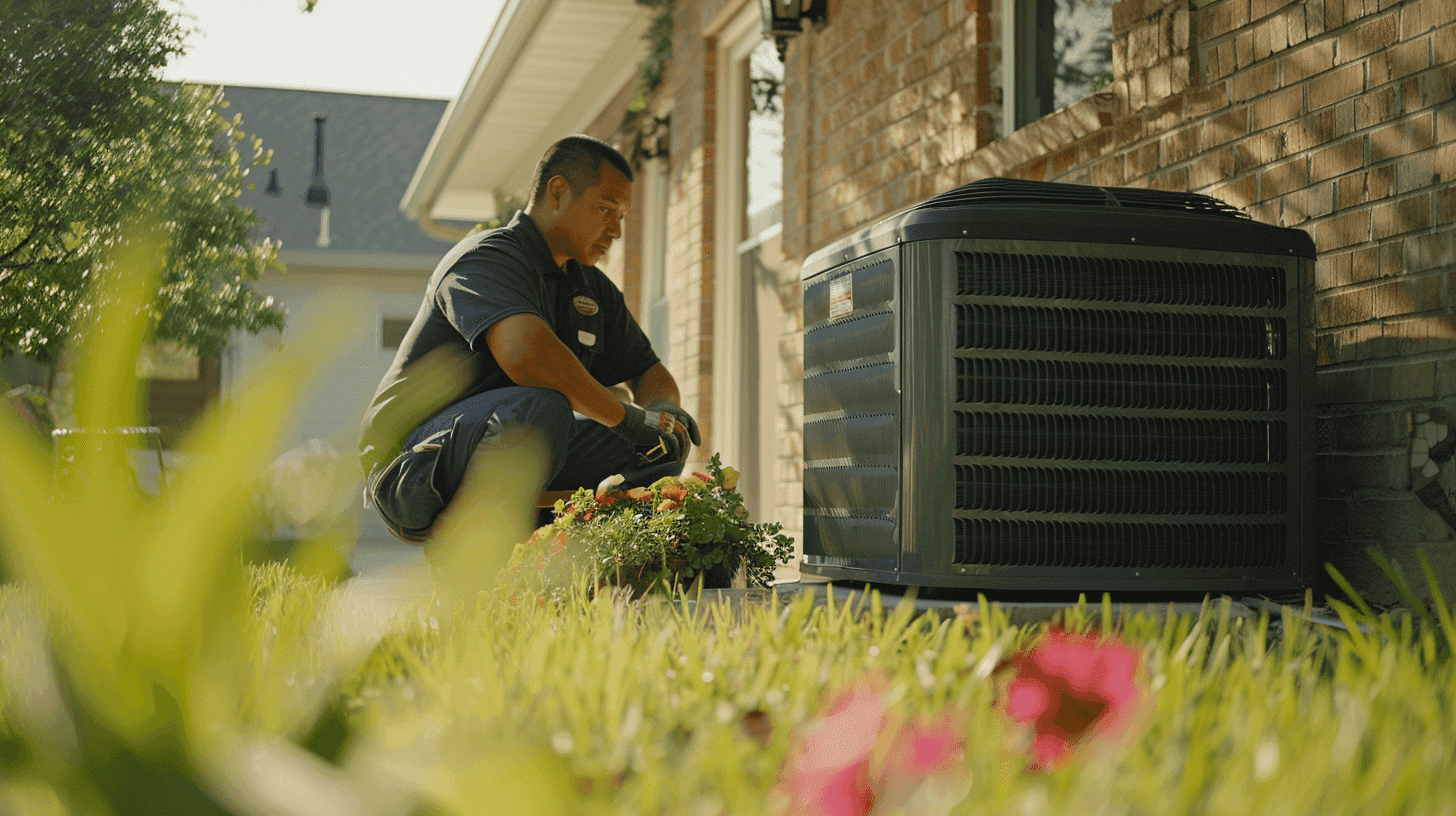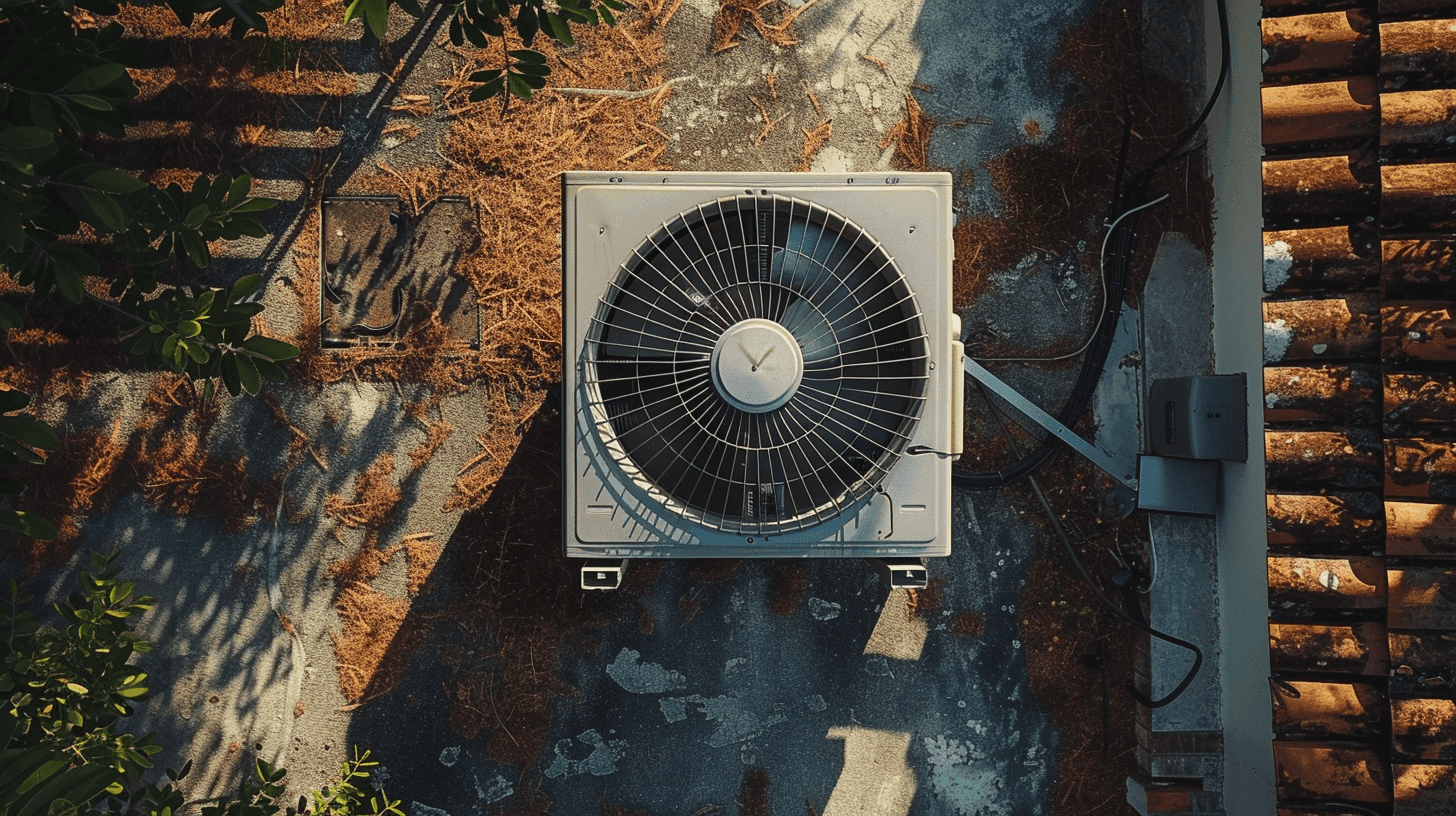
Best House Plants To Clean Air Inside Your Home
Sharing your quote takes less than a minute

Polluted air indoors is a very real problem that affects homes and businesses across the country. The air inside a home or business can be as much as 100 times more polluted than the air outdoors; with most of the average American’s time being spent indoors, poor indoor air quality can have a sizeable impact on your health.
There are many products on the market which work independently or with your HVAC systems to remove pollutants from your indoor air supply, working to improve air quality throughout all indoor spaces. In addition to implementing those products, there is an organic, natural solution which can assist you in improving indoor air quality as well as your health: houseplants
Houseplants That Help Clean Your Air
NASA research has shown that certain houseplants are effective at removing some of the harmful pollutants that are found indoors. The NASA study identified the top houseplants that are most effective at removing these pollutants:
- Palms including Areca, Lady, Bamboo, Dwarf Date palms
- Rubber Plant
- English Ivy
- Peace Lily
- Dracaena
- Ficus Alii
Using their innate processes, they pull in air through leaves, moving those airborne chemicals down to their roots, out of your air supply. Through transpiration, some plants release water from their leaves, which causes air to be pulled into the roots, where harmful airborne chemicals are converted to safe compounds. Houseplants also offer natural air quality improvements, including humidification, air purification, and mold control.
Common Pollutants Found In Homes Across America:
According to the Environmental Protection Agency, Sick Building Syndrome (SBS) describes indoor conditions in a home or business that actually cause occupants to become ill, suffering a variety of symptoms including fatigue, dizziness, headache, nausea, and more. Volatile organic compounds (VOCs) along with a range of chemicals and pathogens have been found in homes and buildings, contributing to poor indoor air quality. Long-term exposure can contribute to a range of dangerous health issues, including neurological symptoms, birth defects, cancer, and hormonal problems.
Through the study, NASA found that certain houseplants demonstrate an ability to remove three harmful indoor toxins that are amongst the most common ones affecting indoor air supplies:
- Benzene
This is a carcinogen found in a variety of commonly used products, including plastics, rubber, and detergents. It can cause respiratory issues, irritate eyes and skin, and contribute to kidney and liver damage.
- Trichloroethylene
This is a liver carcinogen found in adhesives and varnishes, which can damage the respiratory and central nervous systems.
- Formaldehyde
This is a preservative linked to asthma that is found in many household and building products, including insulation, paper towels, and even clothing.
Houseplants also offer natural air quality improvements, including humidification, air purification, and mold control. Consider adding some greenery to your indoor environment for a natural way to boost your air quality.
Sharing your quote takes less than a minute




